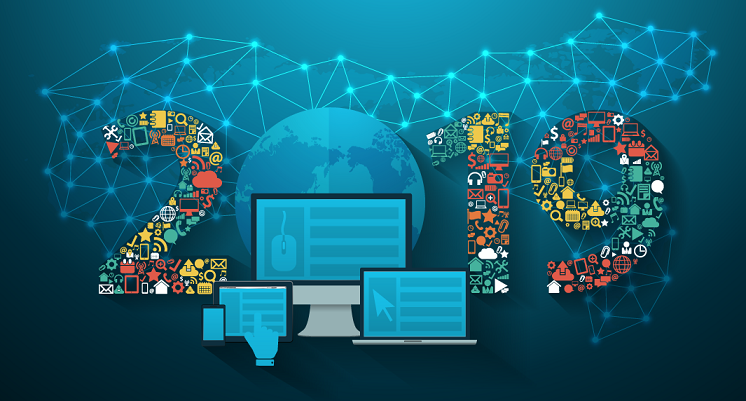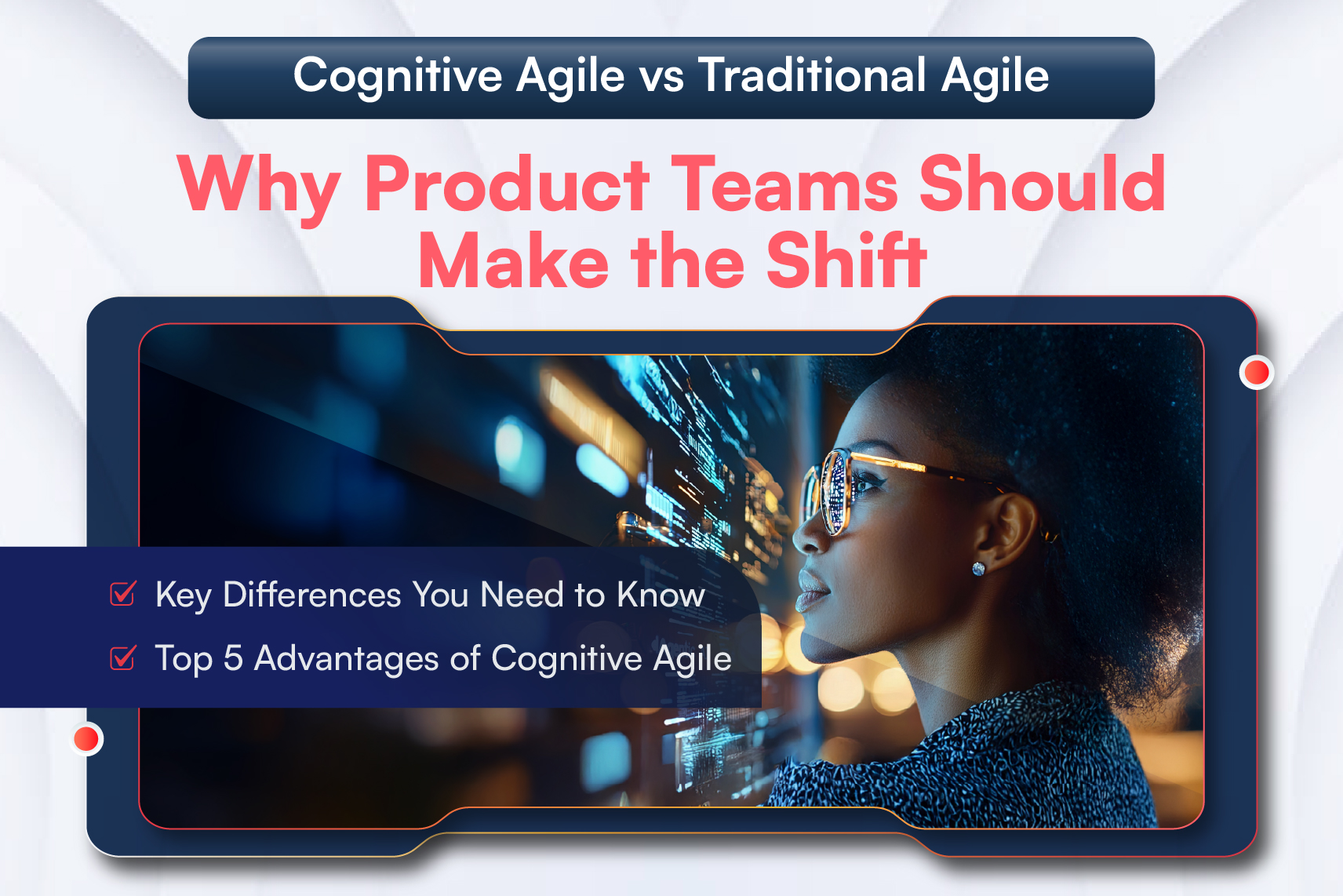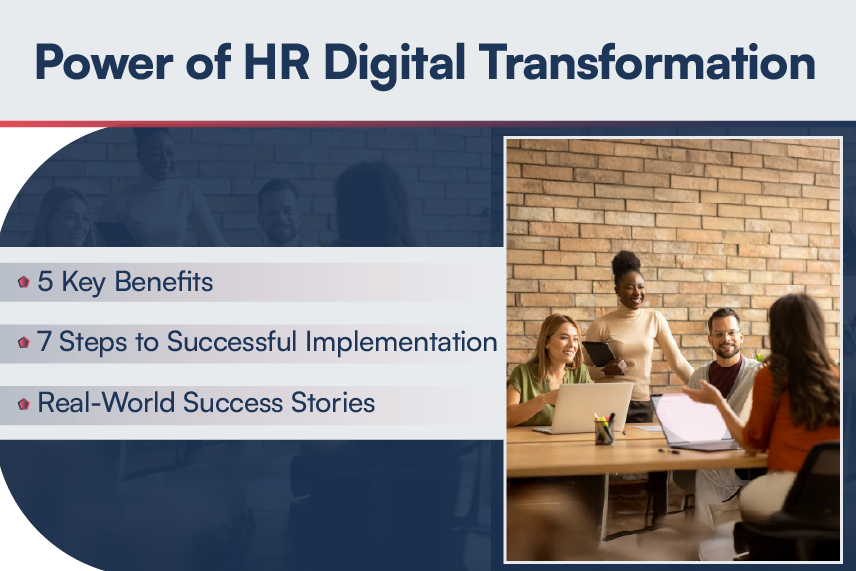
It is that time of year when we all take a pause and reflect on the year passing by and get ready to welcome the new one. My role as a Proposal Engineer at Harbinger Interactive Learning makes me stretch outside the norms and design interesting solutions for our customers. While looking back at 2018, I realized this year was unique in many ways. It challenged the eLearning stakeholders in many ways and got them out of their comfort zone. All these advancements have paved way for an even more exciting 2019.
Here are the trends I foresee for the upcoming year.
Instructional Design to Learning Experience Design
Instructional design seems to be gradually evolving into learning experience design. Instructional designers will now need to think beyond course instructional strategy, chunking content, and storyboard creation. Delivering learning content in newer ways based on learner behavior would be their new agenda. Applying instructional strategies for newer formats like chatbot, AR/VR, short animated videos, would be very different than applying them to an hour long course. Our instructional designers have already started experiencing this change. Have you?
Redefined eLearning Course Development and Design
The ideal duration of an eLearning course changed from an hour or two to about 30 minutes in the last few years. It would further dip down to 2-5 minute long modules. The delivery formats would now also include interactive infographics, AR content, and other such interesting forms. It implies that every course and every learning experience could be unique. This change would also form the premise for a huge transformation in the way eLearning content development units and L&D departments function, since they won’t be using the waterfall model to develop hundreds of hours of learning in the same format anymore.
eLearning Project Management Moves Agile
Agile project management practices have been around in software development cycle since ages. And they have been talked about for quite some time now in eLearning teams as well. With the type of variety in content being developed now, it would be a welcome to see agile project management in action here as well.
CLOs and Learning Directors Ready to Take Risks
In the past, for many of our proposals, we have been asked to put down the ROI for eLearning development in black and white. But in 2018, we saw that quite a few learning stake-holders were open to newer ideas, trying out different forms of learning content delivery, and not being hung upon the ROI. I don’t deny that ROI is important. And it would have to be asked one day. But, what is important is that stake-holders are ready to take risks. The parameters of ROI are being shifted from “number of hours of learning” to “performance improvement” of an employee in areas that matter. If a support desk employee can get a just-in-time learning nugget on how to fill a complex form and completes that form within record time and handle more support queries, the ROI is achieved.
Netflix-like Experiences in Learning
Today, no learner would like to login to an LMS to take up a course even if they have free time. But, if the same employee is on an internal portal browsing some content and there comes a learning nugget in the context of what they are surfing, there are high chances of them clicking on this learning nugget. And that is how learning would happen now: In-context and nudged based on user actions. A seemingly Netflix like experience where movies are recommended based on what the user watches and surfs. And the recommendations only become better with time.
Artificial Intelligence in Learning
Artificial Intelligence (AI) has made great advancements through the past few years and this year will mark its remarkable presence in L&D setup. AI is going to play a dual role here: Providing personalized experiences and learner evaluation through analytics.
AI-powered chatbots are currently being used to answer financial queries, provide customer support, diagnose healthcare issues, and even offer counselling on various topics. They are already starting to make an impact on education and corporate learning. Bots similar to Apple’s Siri, Amazon’s Alexa, and Microsoft’s Cortana could be developed to frontend a course and provide personalized learning experiences. Besides delivering learning, a chatbot can also provide information about what people learn, how they learn, and what they need to learn. The data recorded from chatbot interactions can be analyzed to see what is being learned and when. It will also tell you what information is missing by recording the queries that it couldn’t respond to. This means that training can become more relevant and effective as it’s based on the demonstrable needs of employees rather the notional needs determined by L&D.
Interesting time lies ahead for the L&D function as some new learning and re-skilling looks to be the order of the year. Do you agree? Get immersed and enjoy the journey!






